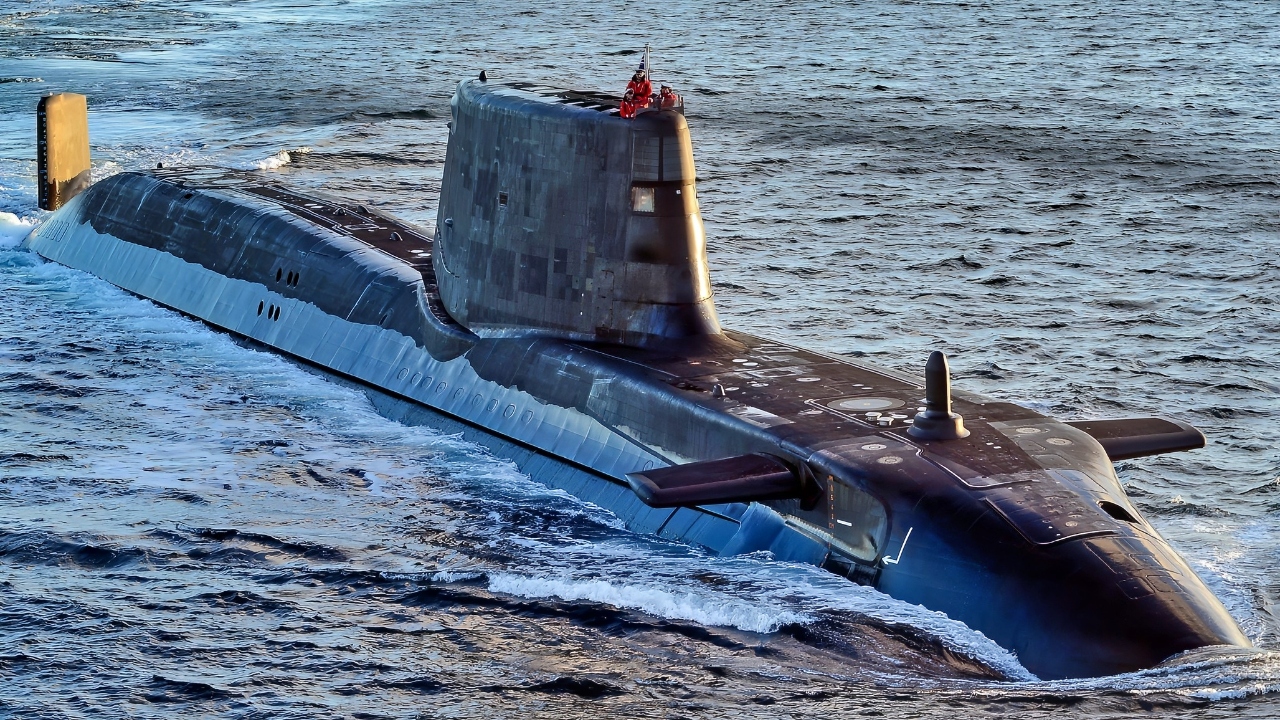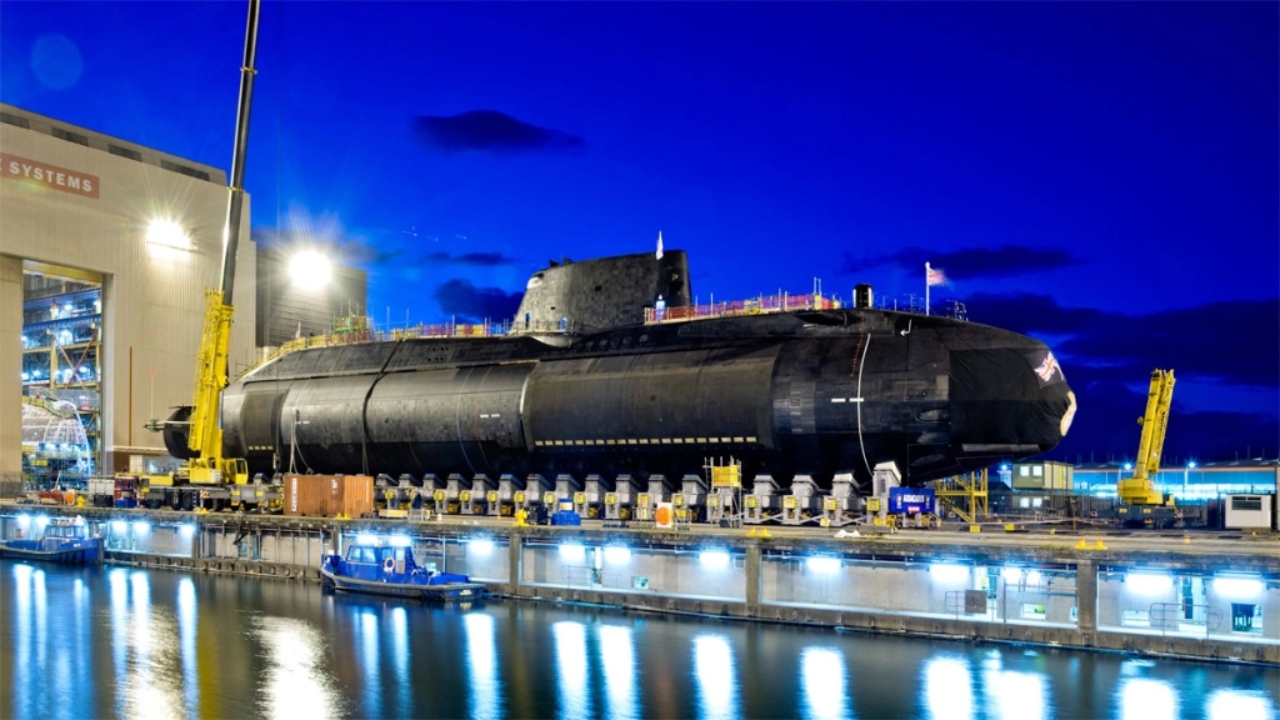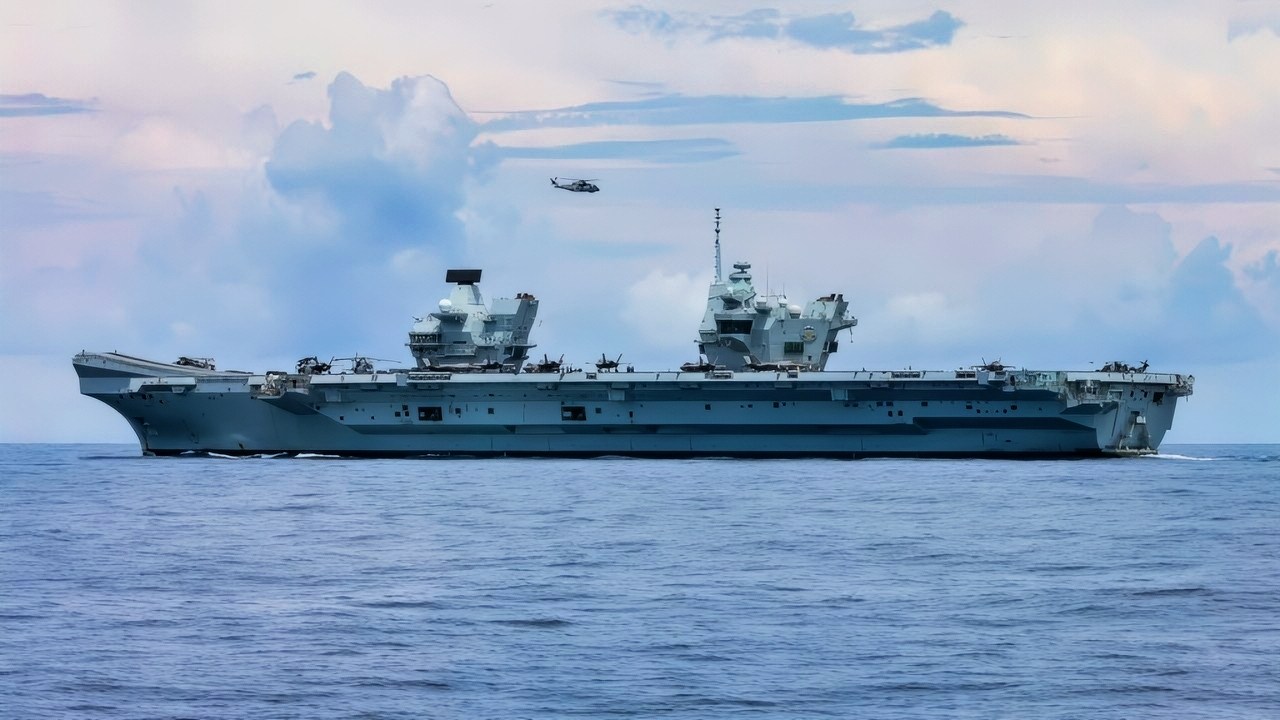Article Summary: Britain’s two Queen Elizabeth-class carriers were meant to signal a post-imperial naval revival.
-Instead, they sit at the center of a brutal reality check.

HMS Prince of Wales and HMS Queen Elizabeth pictured at sea for the first time. Image Credit: Royal Navy.
-Vulnerable to Chinese-style carrier-killer missiles, hampered by mechanical problems, and starved of escorts and investment, HMS Queen Elizabeth and HMS Prince of Wales could be retired early as Westminster chases “small ball” naval concepts and domestic spending.
-Killing the carriers might balance spreadsheets, but it would shatter UK prestige, weaken NATO at sea, and confirm Britain as a security free rider just as Russia and China expand their blue-water ambitions.
The British May Not Have Any Queen Elizabeth-class Carriers in Ten Years
The British Empire, where the sun never set, has been defunct for nearly a century.
The United Kingdom has swiftly curtailed the presence of its defense forces in recent years.
There doesn’t seem to be any voter pushback.
England is nothing like it was when it owned the high seas with the world’s best navy.
Despite the decaying level of military power, the British are trying to reclaim some sea dominance with their two aircraft carriers.
The United Kingdom’s Queen Elizabeth-class carriers have problems, though.
Like all vessels, they could be sunk by anti-ship missiles and hypersonic weapons.
Their expensive HMS Queen Elizabeth and HMS Prince of Wales carriers may already be outdated without proper defenses against carrier-killing projectiles.
More Defenses Needed
The Queen Elizabeth and the Prince of Wales entered service in 2017 and 2019.
There have been cancellations of military exercises, as well as other embarrassments and disappointments.
The carriers must have answers for China’s hypersonic DF-17 and powerful DF-21D carrier killers.
The Royal Navy needs a more robust defensive bubble, such as the American Aegis Weapon System, to defend against enemy aircraft, missiles, and drones.
Can The Carriers Survive In Battle?
Survivability is a question, and the British government must be prepared to lose a carrier in battle.
This would be a shock to national prestige and morale. British defense strategy white papers admit that the Queen Elizabeth-class is vulnerable and may even be obsolete.
There have also been mechanical issues, flooding, and fires that have sent the carriers back to port. Has the entire program been a mistake?
In Three Letters: Sad?
It doesn’t look suitable for the two carriers in the long term. And that surely makes NATO planners quite sad and complicates their naval plans for the next decade.
They may not survive past 2030 on active duty, and by 2035, both could see the scrap yard. That would be a tragedy for the Royal Navy.
No carriers would abolish a strong naval presence, destroy deterrence against Russia, and ruin relations with NATO.
The alliance depends on Britain to prop up naval power in Europe.

Astute-Class Submarine Royal Navy. Image Credit: Creative Commons.

Astute-Class Submarine. Image Credit: Creative Commons/BAE Systems.
Plus, European navies must have a more substantial presence against China to ensure world commerce remains open and that the Chinese do not send their proposed nuclear-powered Type 004 carrier to Europe to create problems.
China has eyes on the strategic Arctic region, which is chock-full of natural resources.
The Royal Navy must patrol beyond its usual domain of the North Sea.
Mothball One Carrier to Retain Funding
At least one Queen Elizabeth carrier could be taken out of duty to save money and resources.
This could be temporary until the British government decides on its future naval strategy. The United Kingdom believes it needs a global, expeditionary military that includes carrier power and maybe even unmanned ships in the 2030s.
Future Needs and Objectives for the Royal Navy
The British also want a “hybrid wing” of manned fighters like the F-35B, integrated with unmanned craft, that can still deliver a forceful response to Russia’s version of hybrid warfare.
The carriers will be joined by the existing Vanguard-class submarines and the future Dreadnought-class submarines.
Defense Spending Levels Are Inching Up
But to accomplish these objectives, the British government needs to spend more than 2 percent of its GDP on defense.

Vanguard-Class Submarine. Image Credit: Creative Commons.

Vanguard-Class Submarine From Royal Navy. Image Credit: Royal Navy.
That is actually happening as the United Kingdom has budgeted 2.3 percent of its total economy on military spending.
The budget could inch up to 2.4 percent by 2026. This is good news, but to keep the carriers afloat, the Royal Navy must receive more investment, or cancellation could occur in the next five to ten years.
Could the British Opt for a Smaller Navy?
Britain also has plans for the Type 32 frigate and about four to five other warships by 2030. Perhaps the Royal Navy wants to play “small ball” with a lighter yet lethal force that can still maintain a good relationship with NATO without carriers.
This could create a situation in which the United Kingdom would have even less power and prestige among its allies.
The Navy should not be down and out because of these diminished capabilities. Taking these carriers out of service would be a mistake, but more attention should be paid to survivability.
The British need to make a long-term decision that features the Queen Elizabeth-class. The Chinese are going all in on their carrier program. Russia is suffering from the fate of the troubled Admiral Kuznetsov carrier, finally sealed.
For this reason, the Royal Navy has an advantage over Vladimir Putin’s navy. NATO can be stronger with a pair of Queen Elizabeth-class vessels.
Creating a hybrid carrier wing would be a worthy long-term goal that could improve defenses and promote more survivability. Unmanned ships are also a noble objective.
The next ten years will be critical for the British carrier program. There will always be naysayers in parliament who want to focus on domestic affairs to strengthen the economy by creating jobs in the United Kingdom, rather than prioritizing defense in foreign seas.
Military strategy has taken a back seat. This needs to change as the future of the British carriers hangs in the balance. They could be obsolete by 2035. Cancellation would not only place the country in danger, but it could also hurt NATO and its capacity to contain Russia.
Britain does not want to be seen as a free rider that does not pull its weight in the defense of Europe. Carriers can still be an essential strength of the British military.
Still, it will take strategic foresight and more investment in time and resources to sail the Queen Elizabeth-class into the 2030s.
About the Author: Brent M. Eastwood
Author of now over 3,000 articles on defense issues, Brent M. Eastwood, PhD is the author of Don’t Turn Your Back On the World: a Conservative Foreign Policy and Humans, Machines, and Data: Future Trends in Warfare plus two other books. Brent was the founder and CEO of a tech firm that predicted world events using artificial intelligence. He served as a legislative fellow for US Senator Tim Scott and advised the senator on defense and foreign policy issues. He has taught at American University, George Washington University, and George Mason University. Brent is a former US Army Infantry officer. He can be followed on X @BMEastwood.
More Military










